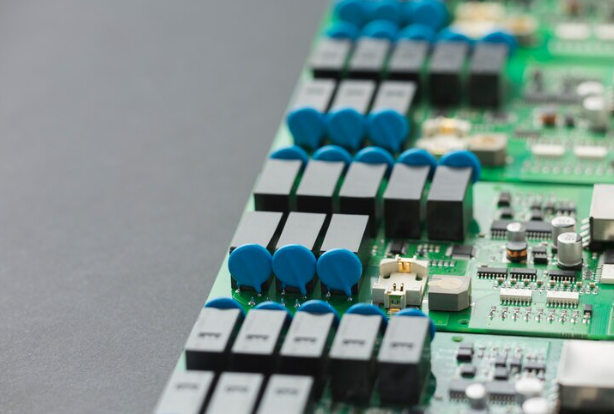In the realm of renewable energy, solar power stands out as a prominent and rapidly growing source of clean electricity. As more individuals and businesses turn to solar energy to reduce their carbon footprint and dependence on fossil fuels, it's essential to delve into the key components that make solar power systems efficient and effective. One such crucial component is the charge controller, a device that plays a vital role in optimizing the performance and longevity of solar panels and batteries.
What is a Charge Controller?
A charge controller, also known as a solar regulator, is an electronic device that regulates the flow of electric current from solar panels to batteries in a solar power system. Its primary function is to prevent overcharging and deep discharging of batteries, thus ensuring their longevity and efficient operation. Charge controllers are integral to both off-grid and grid-tied solar systems, providing essential protection and optimization features.
Types of Charge Controllers
There are two main types of charge controllers: PWM (Pulse Width Modulation) and MPPT (Maximum Power Point Tracking). Each type has its unique characteristics and advantages, catering to different solar power system setups and requirements.
PWM Charge Controllers: PWM charge controllers are the traditional type of controllers that regulate the charging of batteries by rapidly switching the solar panel's output on and off. While they are simpler and more cost-effective than MPPT controllers, they are less efficient, especially in scenarios with lower temperatures or shading.
MPPT Charge Controllers: MPPT charge controllers, on the other hand, are more advanced and efficient. They use sophisticated algorithms to constantly track and adjust the solar panel's operating point for maximum power output. This technology allows MPPT controllers to extract more energy from solar panels, making them ideal for larger systems and locations with variable sunlight conditions.
Key Functions and Features
Charge controllers offer several important functions and features that contribute to the overall performance and reliability of solar power systems:
Overcharge Protection: Charge controllers prevent batteries from overcharging, which can lead to reduced battery life and potential safety hazards.
Deep Discharge Protection: By monitoring battery voltage, charge controllers prevent batteries from discharging beyond safe levels, extending their lifespan.
Temperature Compensation: Advanced charge controllers, especially MPPT controllers, often include temperature compensation features to optimize charging efficiency in varying environmental conditions.
Load Control: Some charge controllers come with load control capabilities, allowing them to manage and distribute power to connected loads such as lights, appliances, or other devices.
Data Monitoring: Many modern charge controllers offer data monitoring functionalities, enabling users to track system performance, battery status, and energy production remotely.
Benefits of Using Charge Controllers
The inclusion of charge controllers in solar power systems brings several benefits that contribute to their overall effectiveness and reliability:
Battery Protection: Charge controllers help extend battery life by preventing overcharging and deep discharging, reducing the need for frequent battery replacements.
Increased Efficiency: MPPT charge controllers, in particular, maximize the energy harvested from solar panels, leading to higher overall system efficiency and energy production.
Enhanced System Performance: By maintaining optimal charging conditions, charge controllers ensure consistent and reliable performance of solar power systems, even in challenging environments.
Safety Assurance: The built-in protection mechanisms of charge controllers reduce the risk of electrical hazards and equipment damage, enhancing the safety of solar power installations.
Considerations for Choosing a Charge Controller
When selecting a charge controller for a solar power system, several factors should be taken into account to ensure compatibility and optimal performance:
System Size: The size of the solar array and battery bank will influence the type and capacity of the charge controller needed.
Voltage Compatibility: Charge controllers must be compatible with the voltage rating of the solar panels and batteries in the system.
Temperature Conditions: Consideration of temperature compensation features is important, especially for installations in regions with extreme temperature variations.
Budget and Future Expansion: Balance between cost and features while also considering potential future system expansions or upgrades.
Conclusion
Charge controllers are indispensable components of solar power systems, playing a crucial role in maximizing energy harvest, extending battery life, and ensuring overall system efficiency and safety. As the demand for clean and sustainable energy solutions continues to rise, understanding the importance of charge controllers becomes paramount for individuals and businesses embracing solar power technology. By investing in high-quality charge controllers and integrating them effectively into solar installations, we can harness the full potential of solar energy while contributing to a greener and more sustainable future.


